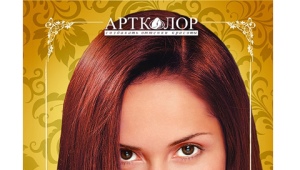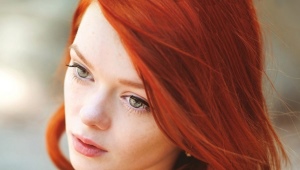Iranian henna
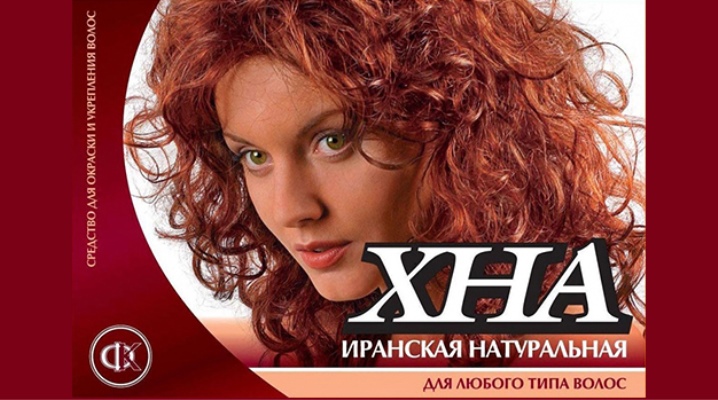
Black eyes, velvet skin and luxurious waves of strands, available only to the beloved man - this is how the woman of the East appears to us. Having constant competition in the form of other wives, she invariably takes care of herself, taking as a basis natural remedies sent to her by nature itself. Iranian henna is one of the main and centuries-old weapons of oriental beauties.
Peculiarities
Henna is the Persian name for Lavsonia.. Morocco, Egypt, India and many other countries with a warm climate are considered the birthplace of such a plant. No one knows the exact place, just as they do not know the time of appearance. One thing is known for sure that henna was used for medicinal and cosmetic purposes even before our era.
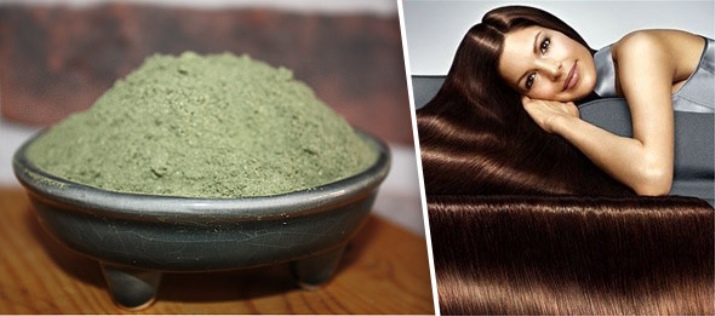
Today, huge plantations of lavsonia grow in Iran, bringing its inhabitants a good profit from sales around the world. It is worth saying that not only leaves are valued, but also flowers. Dry leaves are ground into the very familiar henna, the stems are the basis for the preparation of colorless henna, and the flowers are processed into essential oils and are actively used in cosmetics.
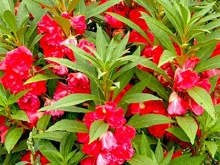


Henna options:
- tattoo (mehndi);
- hair coloring;
- strengthening curls;
- getting rid of dandruff;
- removal of excess sebum;
- the main ingredient in hair masks.

The possibility of such a wide use lies in the numerous healing properties of this remedy.The acid in the composition of henna connects the keratin in the hair, thus making the damaged curls healthy and strong. In addition to this, lavsonia contains many essential oils and tannins, which provide a noticeable shine to the hair.
Natural henna is one of the few really useful dyes. It does not destroy the already existing natural pigment, but only covers each hair follicle, making thin hair more voluminous, and thick hair more magnificent. Henna-dyed hair is not afraid of the aggressive sun and sea water, without ceasing to breathe health and shine with natural shine.
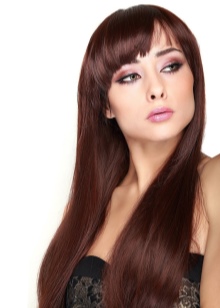


It is worth mentioning the hypoallergenicity of henna (as a dye and a healing component). People with sensitive skin may not be afraid of possible allergies.
Which is better - Indian or Iranian?
There are quite a lot of henna manufacturers today. Producing countries are also different, which means that it is important to understand if there are differences in lawsonia collected from different lands.


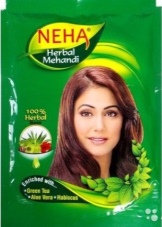
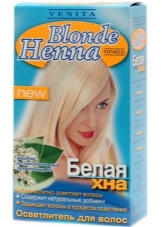

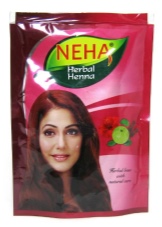


Although India and Iran are soaked through with the sun's rays, their climate is still somewhat different from each other. Plants change as a result. I must say, Indian weather conditions make them more diverse in terms of color palette. The golden hue here turns into chocolate and chestnut, and ends up completely black. Iranian henna does not have such an abundance, the hair is dyed in a copper tone. However, when mixing Iranian henna with other natural ingredients (coffee, cocoa), you can get a wonderful variety of colors.

Although the palette of Indian lavsonia is brighter, natural Iranian paint has another significant advantage.The cost of henna from Iran is much lower than the price of competitor products, which makes it very popular and affordable.

Finding Indian Lawsonia on store shelves is quite difficult.. If the purchase is nevertheless made, women remain its adherents forever. Henna from India has earned such trust due to its natural aroma and fine grinding. The smallest particles of the powder form a velvety porridge-like mixture when combined with water, they easily fall on the hair and are just as easily washed off from them, which cannot be said about products from Iran. Using the Indian remedy is much easier and more enjoyable.

Drawing conclusions, it is safe to saythat the difference between the henna of different countries really exists. The title of the best can belong to each of them - depending on the opinion of users. The best budget option is rightfully considered an Iranian product, in terms of quality - Indian.
How to choose?
The effect of this natural component directly depends on its freshness and proper storage. Before buying, it is important to familiarize yourself with the shelf life and release date, as well as assess how well the henna was stored in the store. An open glass counter, filled with solar heat, dramatically reduces the shelf life of the product. A dark and cold place is the ideal environment for henna. Unfortunately, it is difficult to find such conditions in ordinary cosmetic stores, and therefore a reasonable solution may be to purchase through an online store, where the product from the hands of the manufacturer goes straight to you.

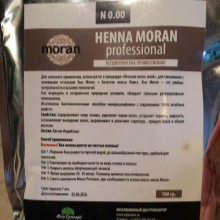

When buying, it is important to pay attention to the category of the product. It is subdivided into:
- the highest grade;
- medium grade;
- lower grade.
The difference lies in the moment of harvest. Lavsonia, dried in summer, is valued above all.Drying of the leaves takes place under the scorching rays of the sun in the shortest possible time, which allows you to keep the maximum amount of chlorophyll in the composition, which is indispensable for hair and their permanent coloring.
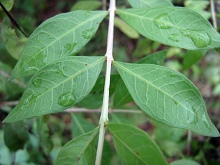
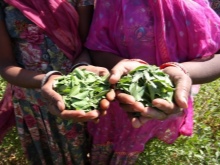
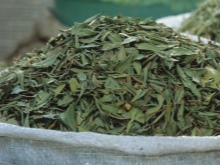
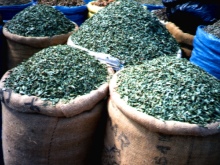


The middle variety is harvested and dried in autumn. "Slow" drying kills the proportion of chlorophyll, which significantly affects henna. The lowest grade at all means plants collected after rains and not having chlorophyll in their composition. Because of this, the color of the powder of the lowest grade is close to brown, and the highest grade pleases with the juiciness of a light green hue.

Classic premium henna is an excellent choice for coloring hair, it also makes it stronger. It is worth saying that only for the restoration of hair follicles, colorless henna, which is a powder from lavsonia stems, is suitable. With it, you can not be afraid to accidentally dye your hair in an inappropriate tone.
Despite all the benefits, any herbal dye tends to dry out hair with frequent use. To avoid this, some manufacturers add additional ingredients to henna. Henna with burdock oil, produced as a ready-made mixture, intensively nourishes the hair and accelerates its growth. The seaweed remedy is also aimed at moisturizing and strengthening curls.

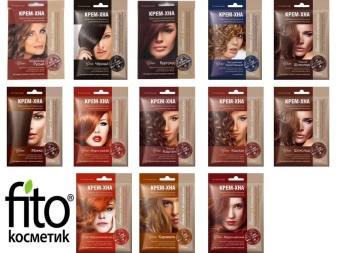
Continuing the theme of Iranian henna producers, experts and users highlight the best companies. Among them you can see a budget tool from Artcolor, as well as a variety of products from Phytocosmetics. The last manufacturer produces both Henna tint balm and ready-made formulations (henna cream) with useful ingredients.
The products of domestic manufacturers are very worthy, but experts advise buying henna from Iranian manufacturers if possible.Its naturalness is beyond doubt, and freshness and shelf life show the best values.
How to paint?
As mentioned earlier, the Iranian powder is famous for its coarse grinding, and therefore it is important to sift it through a fine sieve before use. This step will speed up the application and rinsing of the mixture from the hair. When all the particles have become uniform, you can determine their number. 50-70 g of a dry plant will be enough for short hair, up to 300 g for long hair.


An equally important step is the preparation of water for mixing. Its temperature should be an average of 70 degrees to release the coloring pigment. Warm and cold water will not open the henna, and boiling water will worsen the coloring properties. A sense of proportion and a water thermometer will help you choose the right temperature.
The powder is brewed with hot water and left for several hours. Little water is required, because too liquid slurry will drain from the head, requiring considerable effort and patience when staining. A slightly darkened henna after soaking is a sign that the paint is ready for use.

So, the thick slurry is infused, and it is diluted with products such as:
- kefir;
- vinegar;
- dry wine;
- lemon juice.
The coloring pigment in an acidic environment increases its ability to permanent stain. A few drops of essential oils (ylang-ylang, rosemary) can serve as an addition. A good base will be coconut, as well as burdock oil.
So, when the dye preparation is finished, it's time to start preparing the hair for dyeing. They need to be washed with shampoo and slightly dried with a towel. The forehead, ears and neck are generously smeared with baby cream, preventing their staining.

The method of application of the mixture is quite easy. The finished mixture is applied to the hair with a special brush or sponge (with a small length of curls). Having wrapped the head with polyethylene, it is covered with a terry towel. You can keep the coloring agent on your hair from 40 to 2 hours - depending on the desired color saturation.
Sifted henna is easy to wash off with shampoo and hair mask. If the first step is ignored, then the rinsing procedure will take a long time, because removing unground plant particles from the head is a very laborious and painstaking process.
According to experts, the true color of henna appears only on the 2nd or 4th day. In addition, each subsequent coloring will make the hair brighter and richer.
If you get too bright a color, it will help to neutralize the vegetable oil rubbed into the curls. It neutralizes the coloring pigment, making the shade more calm and restrained.


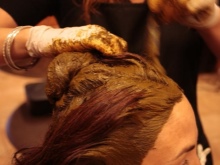
How much to keep?
It is necessary to withstand henna on the hair, depending on its type. The least amount of time pleases the ready-made purchased mixture, which only needs to be kept for 10-20 minutes. Coloring with a regular product will take from 40 to 2 hours.
It is important to say about aging henna if you do not want to get any color or shade. At the same time, two tablespoons of powder are kept on the hair for no more than 10 minutes. Colorless henna is left on curls from 30 minutes to an hour.
What color is produced?
A big plus of using henna isthat it can be used both on natural hair and on chemically dyed hair. The color in both cases lays down well and pleasantly, shimmers in the sun. The color from use varies significantly (depending on the result of the previous staining).
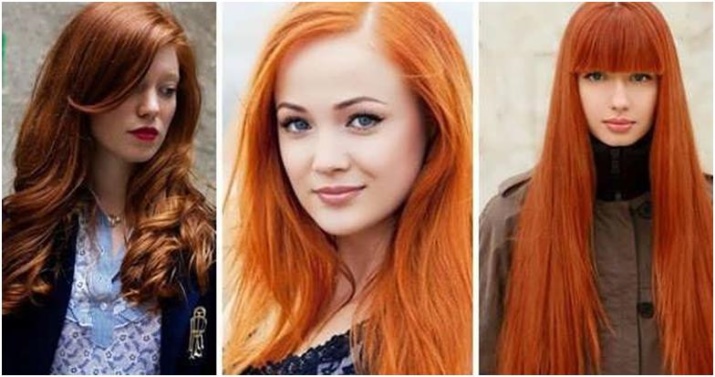
By applying the product on dark curls, you can get a light copper tint. If you mix henna with cocoa or coffee, you get a darker shade, perfect for a brown-haired woman. It is worth saying that even the maximum keeping of the composition on dark hair will not bring fiery red tones, because the dark tone is very strong, and henna cannot kill it. However, she is able to give him a "languid" redness when mixing Iranian henna with wine or beetroot juice. The burgundy shade is quite popular today.
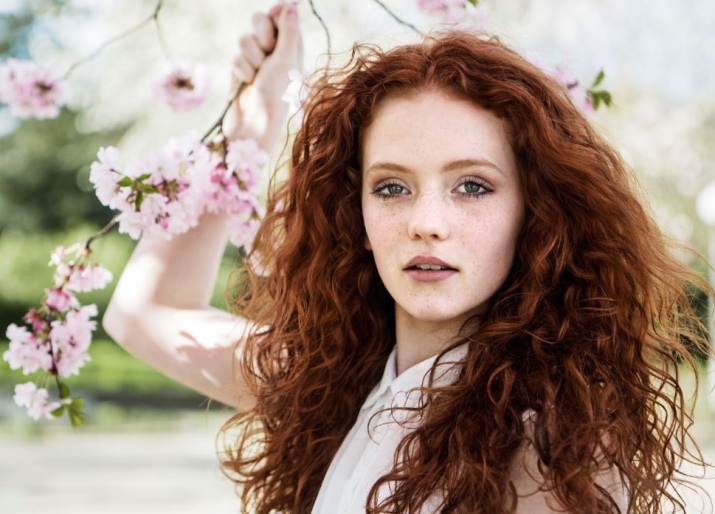
Blondes, on the other hand, should be wary of this type of staining, because with a strong concentration and a long exposure time, instead of a beautiful tone, you can get a red carrot color that suits units. In addition, girls with dyed light curls should be treated with even more caution. Damaged by paint, they can become "clogged" with henna and display a clear green tint. If you know the measure and mix the product on chamomile broth or lemon juice, you can get a delicate golden tone (without a hint of red notes).
More accurate shades can be obtained by dyeing hair with ready-made mixtures from the manufacturer. Some synthetic dyes are added to them, which means that the color will be quite predictable. However, after such means, the hair is still exposed to chemical attack.

Reviews
Reviews about Iranian henna are very positive. Users love it for its low cost, naturalness and lasting color. Red-haired beauties saturate their natural shade with brightness, and the owners of blond hair acquire a completely new tone for themselves. Having tried once, many girls remain adherents of henna for many years.
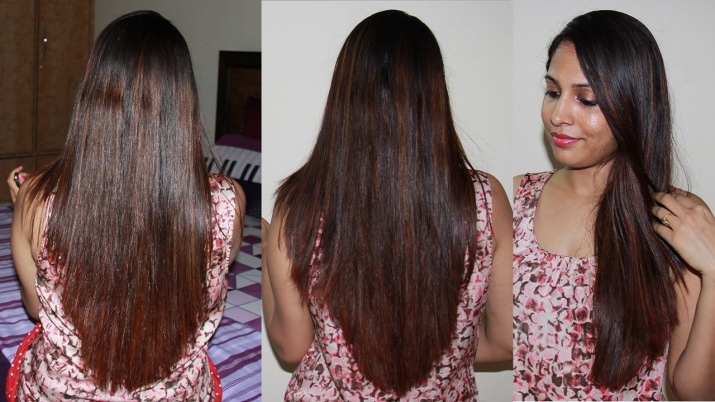
Women who use the product for the first time note some dryness and brittle hair. Experienced users, however, saturate the product with nutritional supplements such as oils, algae or kefir. The beneficial effect of the use is significantly increased.
Not only nutrients are added to Iranian henna, but also other dyes. Basma, cocoa or coffee have a positive effect on giving dark chestnut tones to hair.
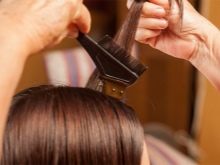
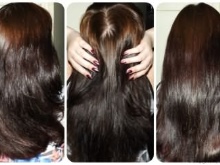
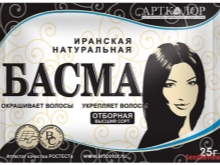
Some girls are negative about the smell and grinding of the powder, considering it rude. When applied, they face difficult and lengthy rinsing. The smell of many responds with chemical notes.
Some skepticism also causes the uncertainty of the resulting shade. There is always a risk of getting a more or less saturated tone and miscalculating with the right shade. Girls who have found their ideal color are afraid to change not only the dosage, but even the manufacturer of henna.
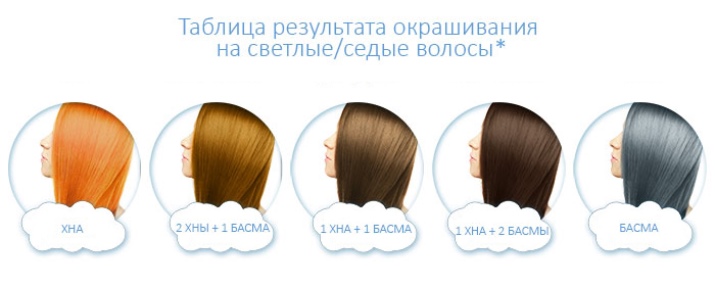
There are certain disadvantages, but henna is really loved and widely used, replacing chemical staining. With reasonable use and dosage, it not only does not spoil the hair with synthetic dyes, but also improves their appearance, filling them with volume and natural radiance.
The process of staining with henna, see the following video.






















